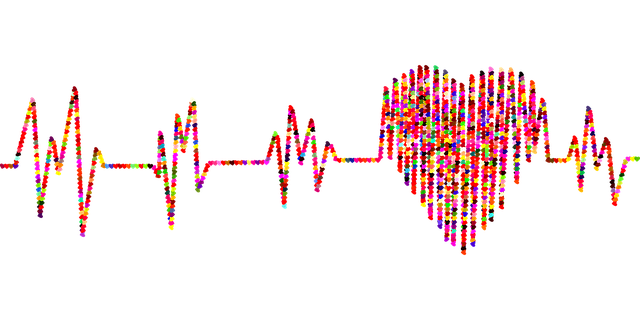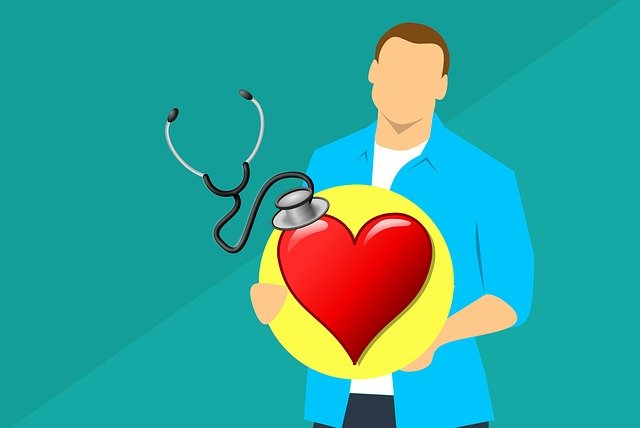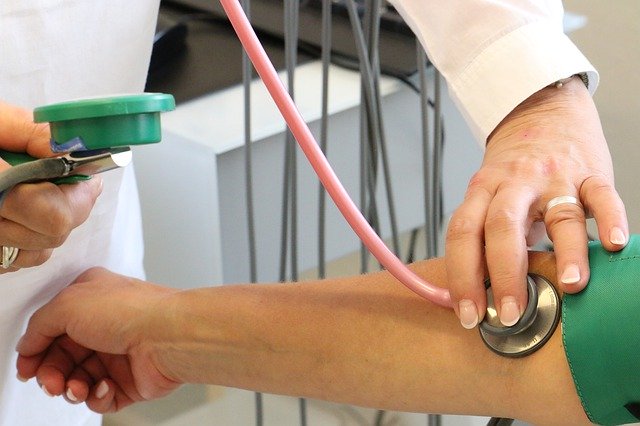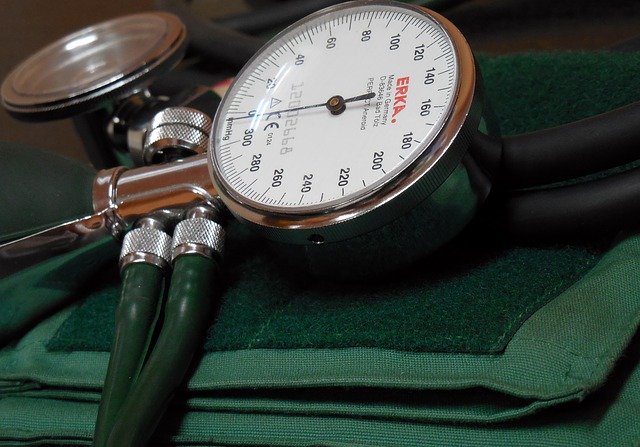Yoga and Blood Pressure
Yoga linked to lowered blood pressure with regular practice. (Reuters Health) - Adults who practice yoga with breathing and relaxation exercises at least three times a week may have lower blood pressure than people who don't, a research review suggests.
What is the normal blood pressure range?
A blood pressure reading has a top number (systolic) and bottom number (diastolic). Normal blood pressure is less than 120 over 80 (120/80). People whose blood pressure is above the normal range should ask their doctor how to lower it.
Does coffee raise blood pressure?
Caffeine can cause a short, but dramatic increase in your blood pressure, even if you don't have high blood pressure. It's unclear what causes this spike in blood pressure. Some researchers believe that caffeine could block a hormone that helps keep your arteries widened.
General Cautions for High Blood Pressure
A stress test may be crucial before you start. If you have, any of the following conditions, it is essential seeing your physician. Any medications you may be taking should also be discussed with your physician. Always get your physicians advice if: You have cardiovascular disease You have risk factors for cardiovascular disease such as diabetes, high cholesterol, atherosclerosis, or high inflammatory markers, such as high levels of homocysteine or C-reactive protein.
What Does the Systolic Blood Pressure Number Mean?
When your heart beats, it squeezes and pushes blood through your arteries to the rest of your body. This force creates pressure on those blood vessels, and that's your systolic blood pressure. A normal systolic pressure is below 120. A reading of 120-129 is elevated. 130-139 is stage 1 high blood pressure (also called hypertension). 140 or more is stage 2 hypertension. 180 or more is a hypertensive crisis. Call 911.
What Does the Diastolic Blood Pressure Number Mean?
Can yogic breathing exercises and Pranayama help to reduce blood pressure? There is a lot of evidence suggesting that yes; breathing exercises can be another helpful tool to lower blood pressure naturally. Deep breathing for high blood pressure works by calming your sympathetic nervous system and increasing blood flow to your tissues-particularly to your heart as your diaphragm moves up and down. One study demonstrated that taking 6 deep breaths in half a minute reduced systolic blood pressure by over 3.4 units when compared to those sitting quietly. Utilizing yoga for high blood pressure is most useful if done as part of a multi-theraputic approach, including lifestyle changes and Ayurvedic remedies for stress and high blood pressure.
Contraindications When Practicing Yoga with High Blood Pressure
In general, yoga asanas that put the body in an inverted position, i.e. having the legs higher than the heart and the heart higher than the head, should be avoided by people with cardiovascular disease. If you have high blood pressure, the following yoga inversions should be avoided: Shoulderstand (Sarvangasana) or Headstand Pose (Sirsasana). These two yoga poses increase blood pressure in the head the most, because the legs and trunk are maximally elevated and the head is as far below the heart as possible. Even gentle, relaxing inversions like Legs Up the Wall Pose (Viparita Karani) are poses to avoid with high blood pressure.

There is more to health
Yoga Benefits



